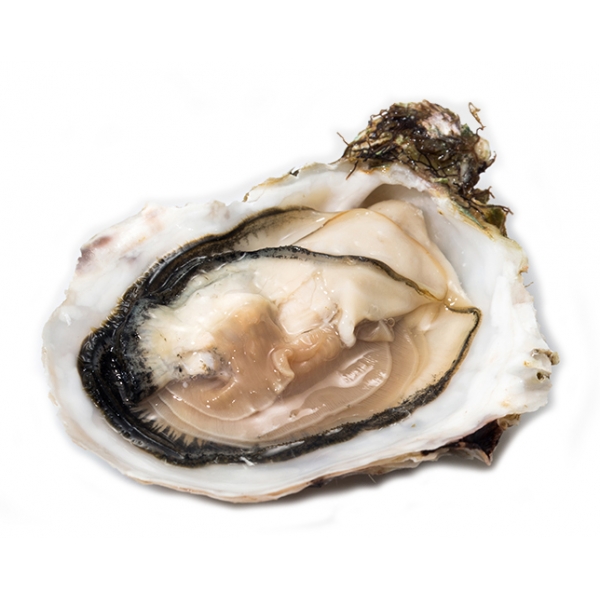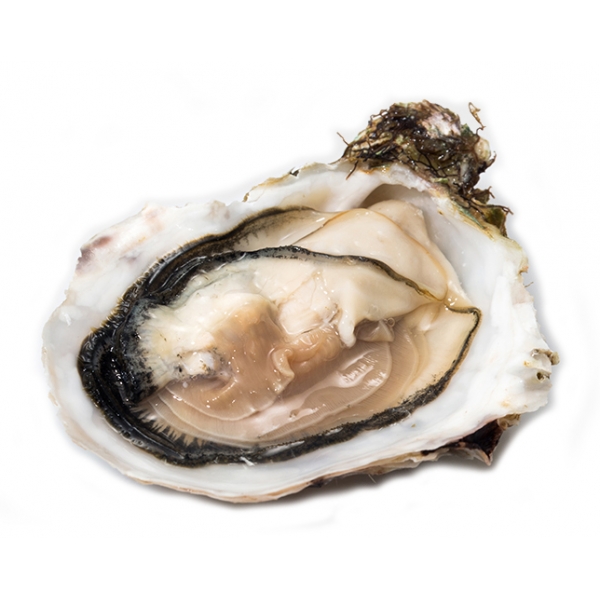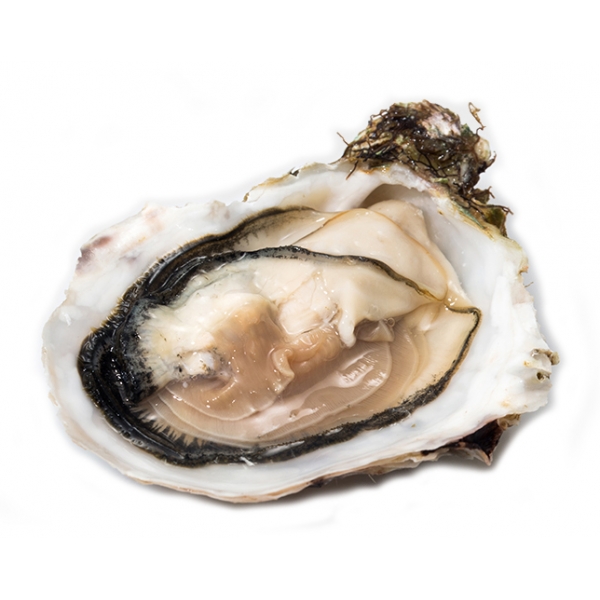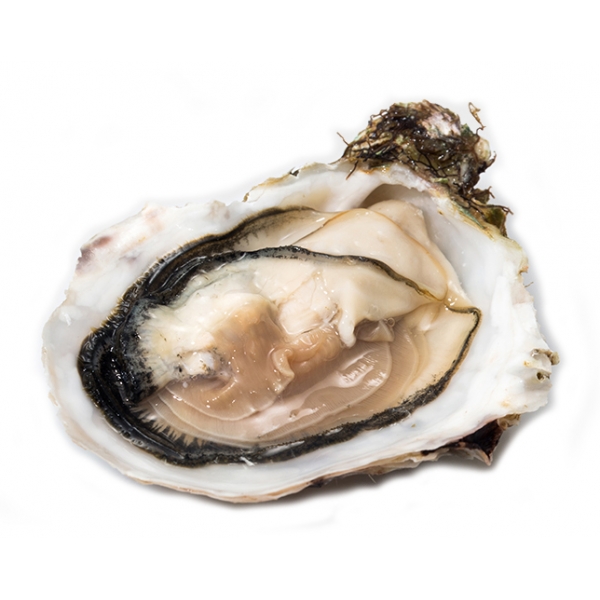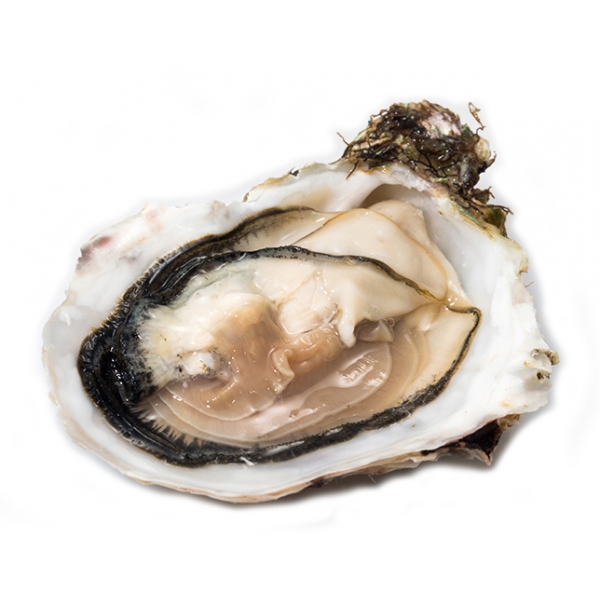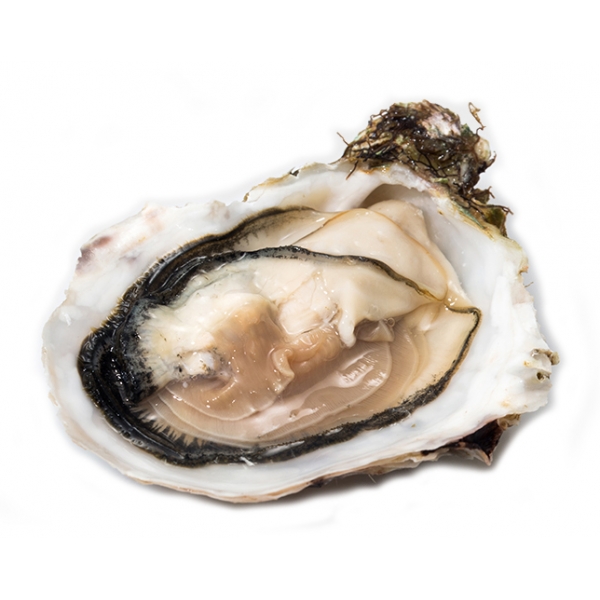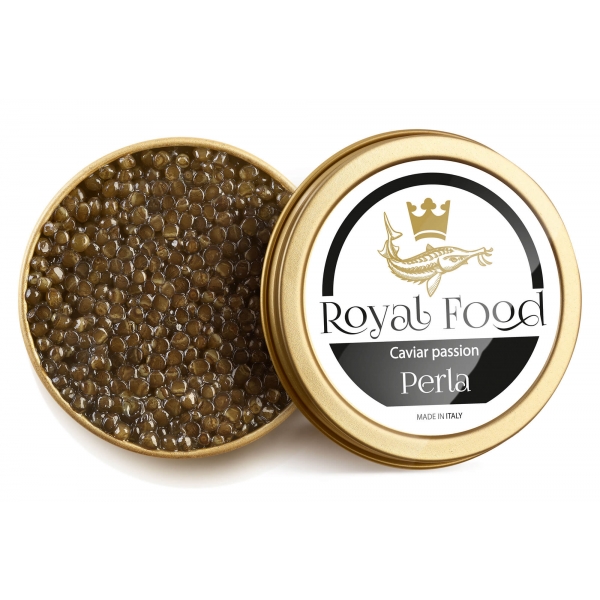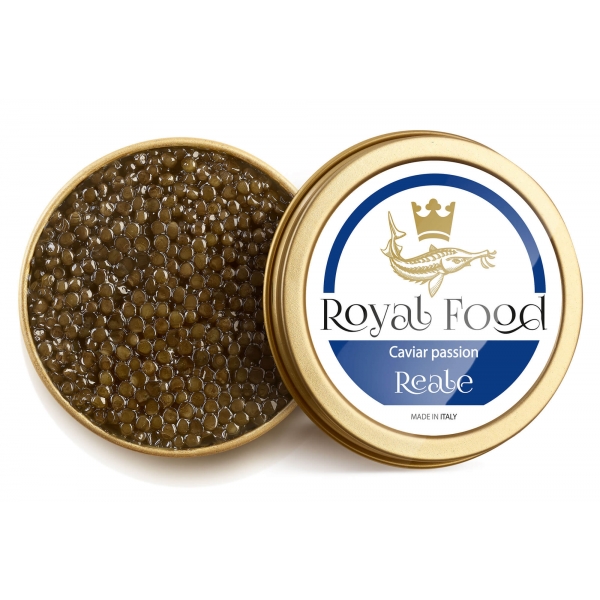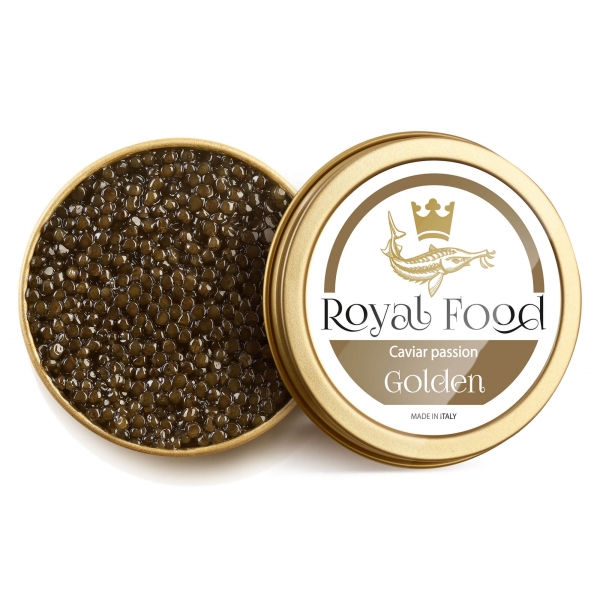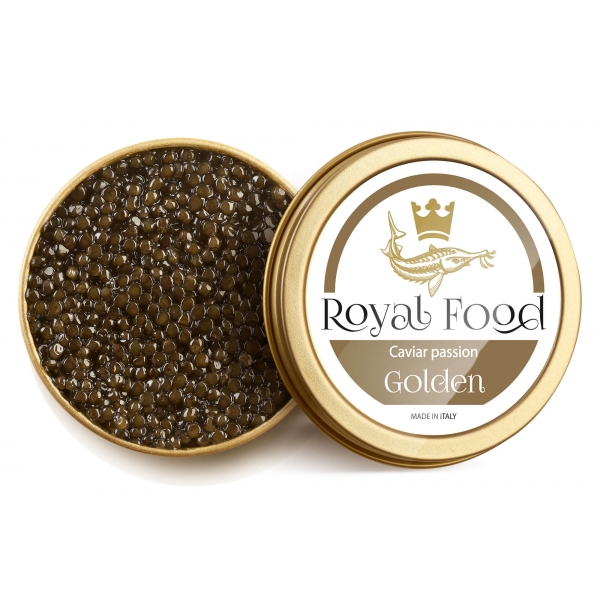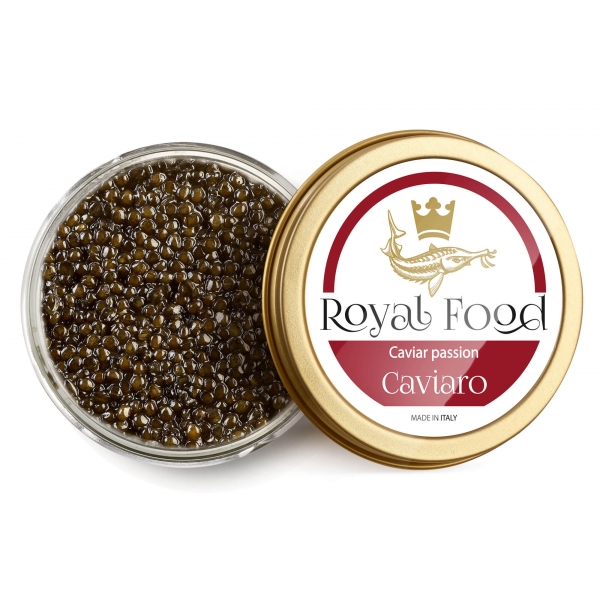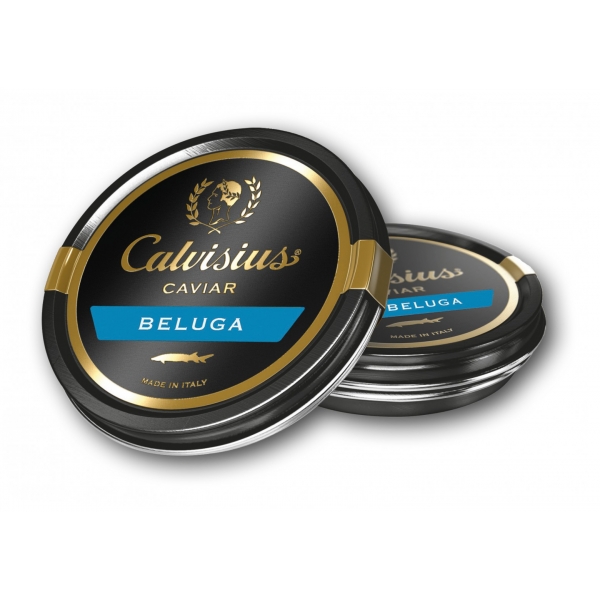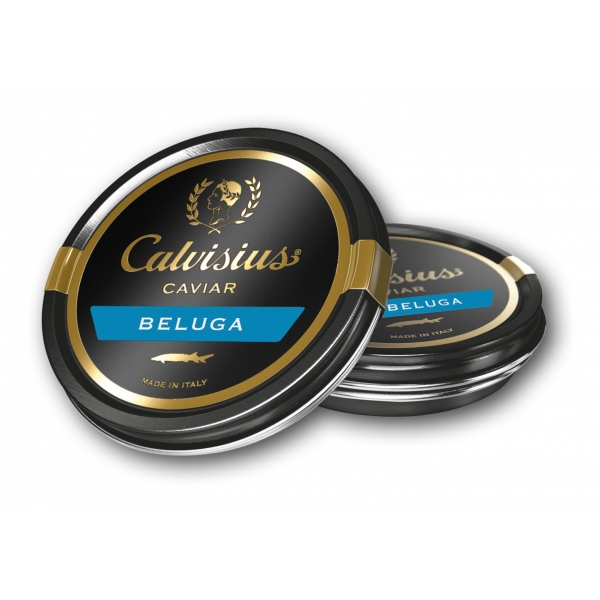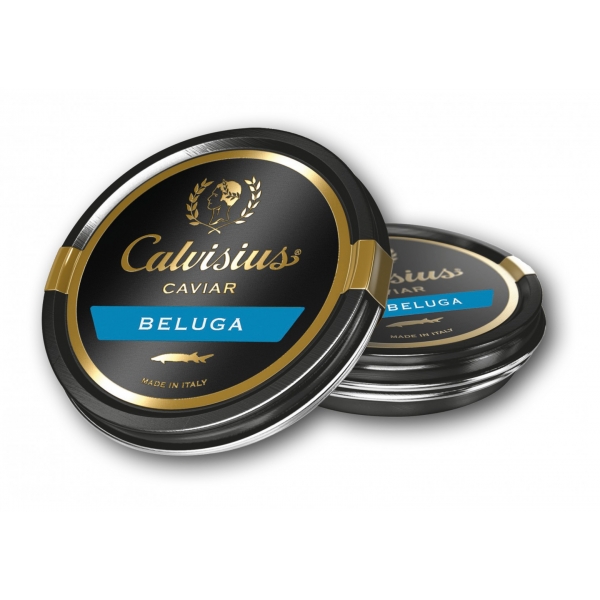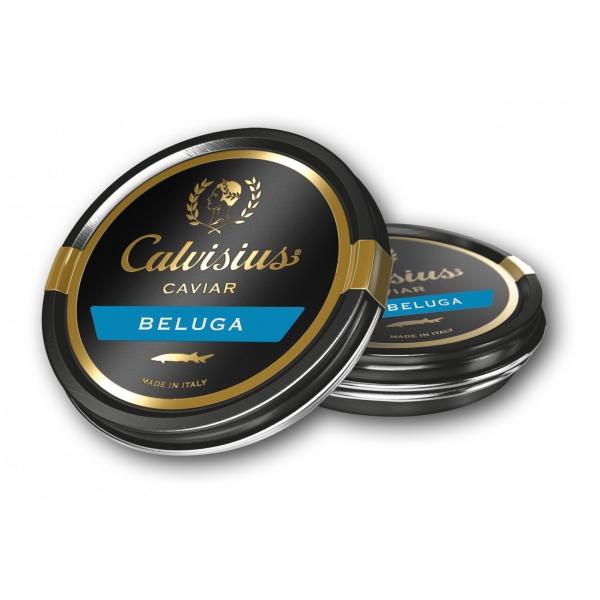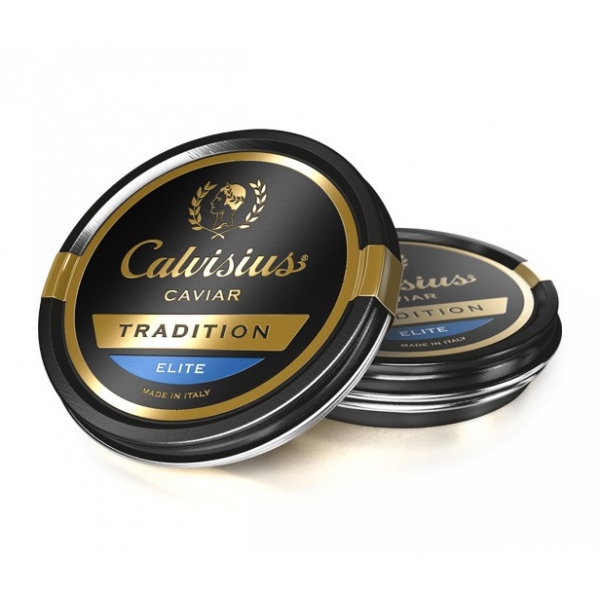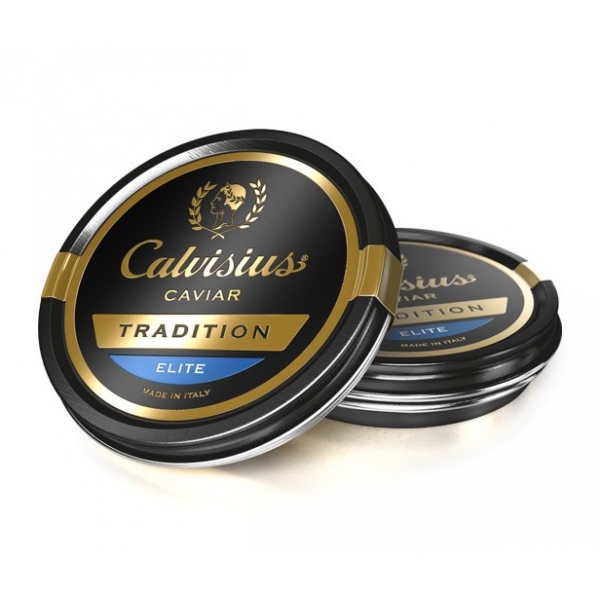No products
Refine
Extra
Viewed Products
-

Le Dimore del Borgo - Discovering Borgo del Balsamico - 2 Days 1 Night -...
A historic home bound by the Fine...
Caviar and Oysters
-
Wilde Wadoesters - Wild Oysters - 50 - Handpicked on the Wadden Sea - UNESCO...
Wild oysters are harvested by hand by traditional Wadvissers on the beds of wild oysters in the Wadden Sea. They are Japanese oysters (Crassostrea gigas), a species widely cultivated all over the world. In France the species is called "Creuse": these oysters arrived in the Wadden Sea around 1980 and large schools spread throughout the Wad.
150,00 € -
Wilde Wadoesters - Wild Oysters - 100 - Handpicked on the Wadden Sea - UNESCO...
Wild oysters are harvested by hand by traditional Wadvissers on the beds of wild oysters in the Wadden Sea. They are Japanese oysters (Crassostrea gigas), a species widely cultivated all over the world. In France the species is called "Creuse": these oysters arrived in the Wadden Sea around 1980 and large schools spread throughout the Wad.
290,00 € -
Wilde Wadoesters - Wild Oysters - 200 - Handpicked on the Wadden Sea - UNESCO...
Wild oysters are harvested by hand by traditional Wadvissers on the beds of wild oysters in the Wadden Sea. They are Japanese oysters (Crassostrea gigas), a species widely cultivated all over the world. In France the species is called "Creuse": these oysters arrived in the Wadden Sea around 1980 and large schools spread throughout the Wad.
570,00 € -
Wilde Wadoesters - Wild Oysters - 300 - Handpicked on the Wadden Sea - UNESCO...
Wild oysters are harvested by hand by traditional Wadvissers on the beds of wild oysters in the Wadden Sea. They are Japanese oysters (Crassostrea gigas), a species widely cultivated all over the world. In France the species is called "Creuse": these oysters arrived in the Wadden Sea around 1980 and large schools spread throughout the Wad.
850,00 € -
Wilde Wadoesters - Wild Oysters - 400 - Handpicked on the Wadden Sea - UNESCO...
Wild oysters are harvested by hand by traditional Wadvissers on the beds of wild oysters in the Wadden Sea. They are Japanese oysters (Crassostrea gigas), a species widely cultivated all over the world. In France the species is called "Creuse": these oysters arrived in the Wadden Sea around 1980 and large schools spread throughout the Wad.
1 130,00 € -
Wilde Wadoesters - Wild Oysters - 500 - Handpicked on the Wadden Sea - UNESCO...
Wild oysters are harvested by hand by traditional Wadvissers on the beds of wild oysters in the Wadden Sea. They are Japanese oysters (Crassostrea gigas), a species widely cultivated all over the world. In France the species is called "Creuse": these oysters arrived in the Wadden Sea around 1980 and large schools spread throughout the Wad.
1 420,00 € -
Royal Food Caviar - Pearl - Beluga Caviar - Huso and Naccarii Sturgeon - 500 g
Pearl, from the Sturgeon Huso and Naccarii (from which the Beluga caviar is obtained). The sturgeon reaches female maturity at about 20 years, with an average weight of 50 kg. It is the most famous caviar in the world, obtained from the rarest and most valuable species. It has an excellent, soft, creamy and decisive flavor. The color varies from pearl...
1 830,00 € -
Royal Food Caviar - Pearl - Beluga Caviar - Huso and Naccarii Sturgeon - 1000 g
Pearl, from the Sturgeon Huso and Naccarii (from which the Beluga caviar is obtained). The sturgeon reaches female maturity at about 20 years, with an average weight of 50 kg. It is the most famous caviar in the world, obtained from the rarest and most valuable species. It has an excellent, soft, creamy and decisive flavor. The color varies from pearl...
3 538,00 € -
Royal Food Caviar - Reale - Oscetra Caviar - Russian Sturgeon - 500 g
Reale, from the Russian Sturgeon (from which the caviar Osc Etra is obtained). The sturgeons reach their maturity after about 12 years, with a weight of 15-25 kg. A careful manual selection and perfect determination of the level of maturation of the eggs make this Oscetra special. Eggs are particularly large. It has an exquisite taste and an extremely...
1 281,00 € -
Royal Food Caviar - Reale - Oscetra Caviar - Russian Sturgeon - 1000 g
Reale, from the Russian Sturgeon (from which the caviar Osc Etra is obtained). The sturgeons reach their maturity after about 12 years, with a weight of 15-25 kg. A careful manual selection and perfect determination of the level of maturation of the eggs make this Oscetra special. Eggs are particularly large. It has an exquisite taste and an extremely...
2 477,00 € -
Royal Food Caviar - Golden - Siberian Caviar - Baeri Sturgeon - 500 g
Golden, from the Siberian Sturgeon (from which the Sevruga caviar is obtained). The females reach their maturity after 8 years with a weight of 8/10 kg. The eggs are medium and well defined, of a vigorous and shiny gray color. It has the freshness of intense and decisive taste, typical of the traditional Sevruga caviar. 500 g.
1 116,00 € -
Royal Food Caviar - Golden - Siberian Caviar - Baeri Sturgeon - 1000 g
Golden, from the Siberian Sturgeon (from which the Sevruga caviar is obtained). The females reach their maturity after 8 years with a weight of 8/10 kg. The eggs are medium and well defined, of a vigorous and shiny gray color. It has the freshness of intense and decisive taste, typical of the traditional Sevruga caviar. 1000 g.
2 158,00 € -
Royal Food Caviar - Caviaro - Selection of Pasteurized Caviar - Sturgeon...
Caviar Caviale, selection of Sturgeon Acipenser SPP Pearls of pasteurized caviar. It offers the opportunity to be tasted over time keeping its fragrance for a good 210 days. 2 x 50 g.
90,00 € -
Calvisius - Calvisius Beluga - Caviar - Huso Sturgeon - High Quality Luxury -...
Beluga is a caviar extracted from the Huso Huso sturgeon. A fish that can reach 8 meters (26 ft) in length and more than 1.5 tons (3300 lbs) in weight. Originally found in the Black Sea, Caspian Sea, Azov Sea, it was also present in Italy in the Adriatic Sea, Ionian Sea and their tributaries before its extinction.
597,00 € -
Calvisius - Calvisius Beluga - Caviar - Huso Sturgeon - High Quality Luxury -...
Beluga is a caviar extracted from the Huso Huso sturgeon. A fish that can reach 8 meters (26 ft) in length and more than 1.5 tons (3300 lbs) in weight. Originally found in the Black Sea, Caspian Sea, Azov Sea, it was also present in Italy in the Adriatic Sea, Ionian Sea and their tributaries before its extinction.
1 413,00 € -
Calvisius - Calvisius Beluga - Caviar - Huso Sturgeon - High Quality Luxury -...
Beluga is a caviar extracted from the Huso Huso sturgeon. A fish that can reach 8 meters (26 ft) in length and more than 1.5 tons (3300 lbs) in weight. Originally found in the Black Sea, Caspian Sea, Azov Sea, it was also present in Italy in the Adriatic Sea, Ionian Sea and their tributaries before its extinction.
2 803,00 € -
Calvisius - Calvisius Beluga - Caviar - Huso Sturgeon - High Quality Luxury -...
Beluga is a caviar extracted from the Huso Huso sturgeon. A fish that can reach 8 meters (26 ft) in length and more than 1.5 tons (3300 lbs) in weight. Originally found in the Black Sea, Caspian Sea, Azov Sea, it was also present in Italy in the Adriatic Sea, Ionian Sea and their tributaries before its extinction.
180,00 € -
Calvisius - Calvisius Beluga - Caviar - Huso Sturgeon - High Quality Luxury -...
Beluga is a caviar extracted from the Huso Huso sturgeon. A fish that can reach 8 meters (26 ft) in length and more than 1.5 tons (3300 lbs) in weight. Originally found in the Black Sea, Caspian Sea, Azov Sea, it was also present in Italy in the Adriatic Sea, Ionian Sea and their tributaries before its extinction.
298,00 € -
Calvisius - Calvisius Beluga - Caviar - Huso Sturgeon - High Quality Luxury -...
Beluga is a caviar extracted from the Huso Huso sturgeon. A fish that can reach 8 meters (26 ft) in length and more than 1.5 tons (3300 lbs) in weight. Originally found in the Black Sea, Caspian Sea, Azov Sea, it was also present in Italy in the Adriatic Sea, Ionian Sea and their tributaries before its extinction.
5 560,00 € -
Calvisius - Calvisius Tradition Elite - Caviar - White Sturgeon - High...
Tradition Elite caviar is obtained from white sturgeon, a species native to the Pacific Ocean and distributed from Alaska to Baja California. It is among the most long-lived sturgeons, can reach one hundred years of age, 800 kg in weight and up to 6 m in length. In addition to its high protein lean meat, it is particularly valuable for its large...
257,00 € -
Calvisius - Calvisius Tradition Elite - Caviar - White Sturgeon - High...
Tradition Elite caviar is obtained from white sturgeon, a species native to the Pacific Ocean and distributed from Alaska to Baja California. It is among the most long-lived sturgeons, can reach one hundred years of age, 800 kg in weight and up to 6 m in length. In addition to its high protein lean meat, it is particularly valuable for its large...
429,00 €




